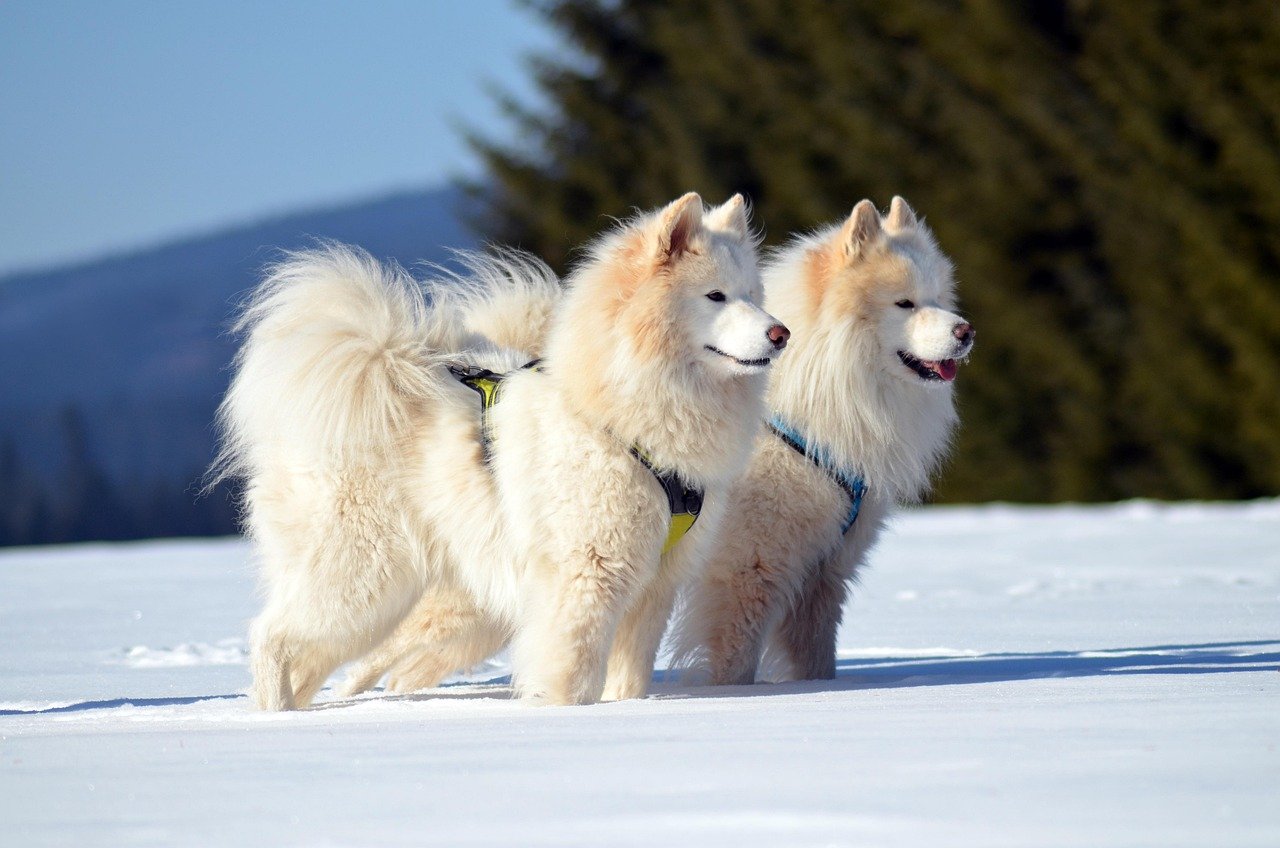Picture this: it’s freezing outside, snow is piling up against your windows, and most people are huddled indoors with their heating cranked up. Yet some dogs would give anything to bound through those snowdrifts with pure joy. Meanwhile, other pups practically melt at the first sign of winter and dream of sunny beaches instead.
The truth is, not all dogs are created equal when it comes to temperature tolerance. Some breeds were literally built for blizzards, while others thrive when the mercury rises. Understanding these differences can make all the difference in choosing the right companion for your climate. Let’s dive into the fascinating world of weather-loving canines and discover which breeds are happiest when it’s cold enough to see your breath.
Siberian Husky: The Ultimate Snow Machine

When you think of cold-weather dogs, the Siberian Husky probably jumps to mind first. These remarkable dogs were developed by the semi-nomadic Chukchi people and served a variety of cold-weather purposes, including pulling sleds, transportation, and keeping kids warm in sub-zero weather. Their thick double coat isn’t just for show – it’s engineered by nature to handle temperatures that would send most humans running for shelter.
Originating from Northeast Asia, Huskies are the quintessential snow dogs that have adapted to thrive in freezing conditions where temperatures can plummet to extreme lows. These athletic powerhouses don’t just tolerate cold weather; they genuinely seem to come alive in it, displaying an energy and enthusiasm that’s infectious.
Alaskan Malamute: The Arctic Freight Train
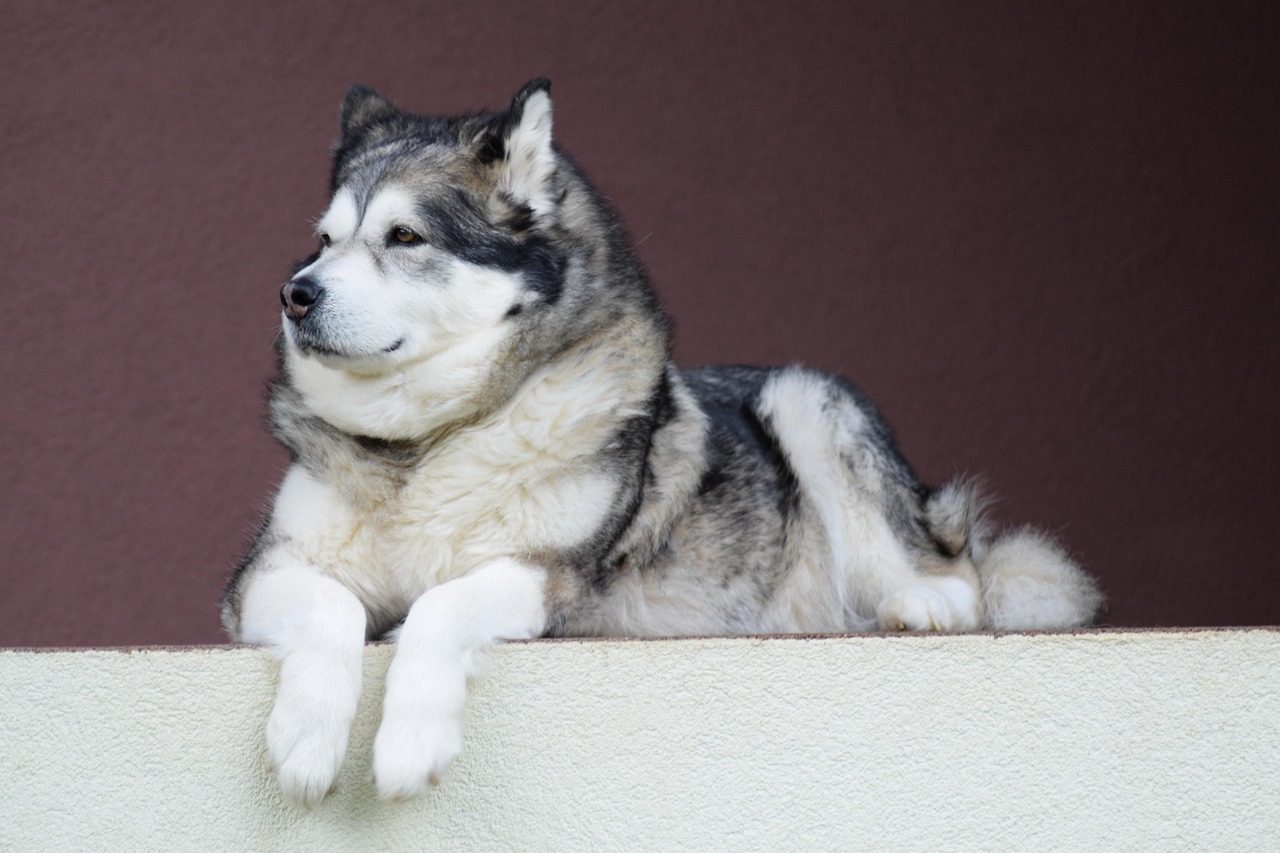
The Alaskan Malamute is the oldest and largest of the Arctic sled dogs, having been used for freighting in the Arctic. Bred to haul heavy loads, run, and roam, the Alaskan Malmute is the ultimate cold-weather canine. Think of them as the heavy-duty trucks of the dog world – built for endurance and serious work in conditions that would challenge any other breed.
These descendants of the original Arctic sled dogs were bred by the Mahlemut Inuit people of Alaska and were used for hauling heavy loads over long distances in freezing conditions. Their massive size and powerful build make them natural winter athletes who actually seem to thrive when the temperature drops below what most consider comfortable.
Samoyed: The Smiling Snow Angel
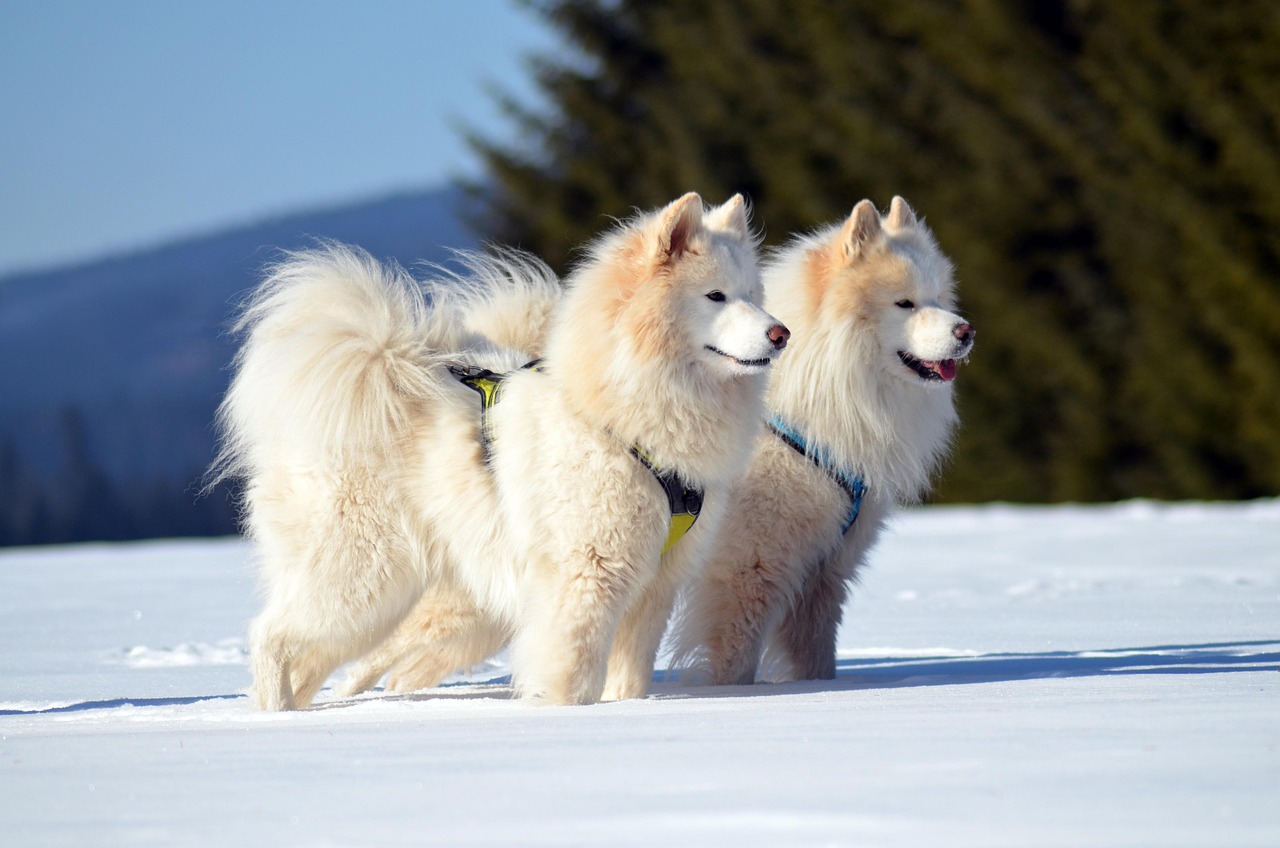
The Samoyed is an Arctic dog breed with an elegant white coat that were companions to the Samoyed people in Siberia for generations before coming to the U.S. in the late 1800s, and are beloved for their friendly personality and face that’s shaped into a permanent smile. Bred as a sled dog in Siberia, Samoyeds have an upturned mouth that keeps them from drooling so icicles don’t form around their mouths – now that’s evolutionary engineering at its finest.
Often referred to as the “smiling Sammie,” these dogs hail from the icy tundras of Siberia with plush double coats that are stunning and incredibly effective at keeping them warm in frigid temperatures, while being friendly, social, and active dogs that will happily accompany you on winter walks and play in the snow.
Saint Bernard: The Gentle Giant Rescue Hero
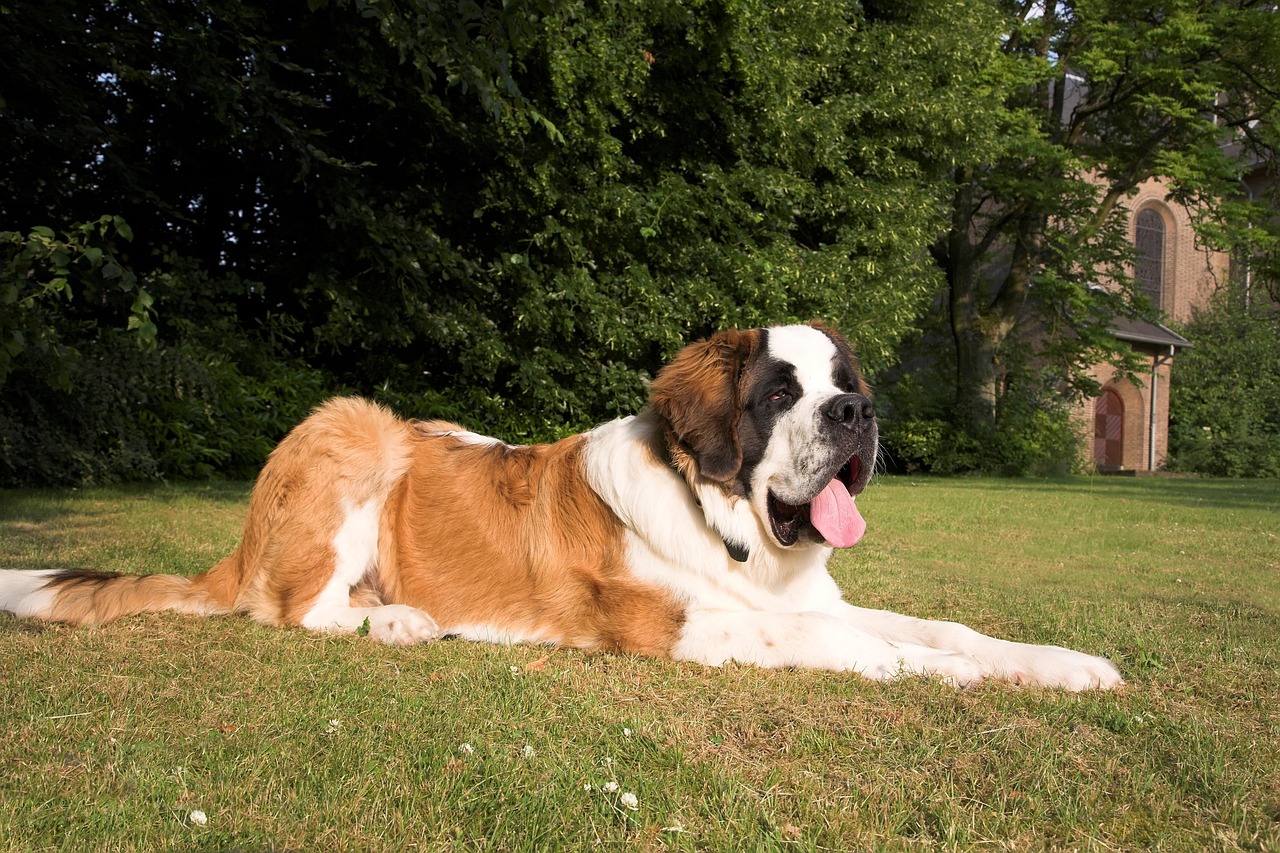
The Saint Bernard is the epitome of a snow dog – for centuries, they have been used as search and rescue dogs to find people buried under snow, and while Saint Bernards still work as avalanche rescue dogs today, they’re also a popular family pet thanks to their gentle and friendly temperament. The Saint Bernard comes from the Swiss Alps and was originally used to locate freezing and helpless travelers during snowstorms.
These dogs are famous for their role in mountain rescue, having historically braved harsh snowstorms to save people stranded in the Swiss Alps, and with their massive size and thick fur, these gentle giants are made for cold weather while also being great family dogs, known for their calm and friendly demeanor.
Newfoundland: The Gentle Water-Loving Giant

The perfect family dog, Newfies have low energy, but come chock full of friendliness and protectiveness, are calm and patient, can weigh up to 150 pounds, and have a heavy coat that protected it from the icy waters it was originally bred to work in, making it ideal for colder weather. These dogs commonly called Newfies come from Newfoundland, Canada, and are well-suited to winter, as these large, powerful dogs were bred to work, helping sailors on ships and pulling carts.
Known for their incredible swimming abilities thanks to their large webbed feet and thick, water-resistant coat, while they may be famous for their water skills, they also thrive in cold, wet environments as gentle giants that naturally love the cold and are excellent companions for winter activities such as snowshoeing or simply frolicking in the snow with the family.
Norwegian Elkhound: The Viking’s Companion
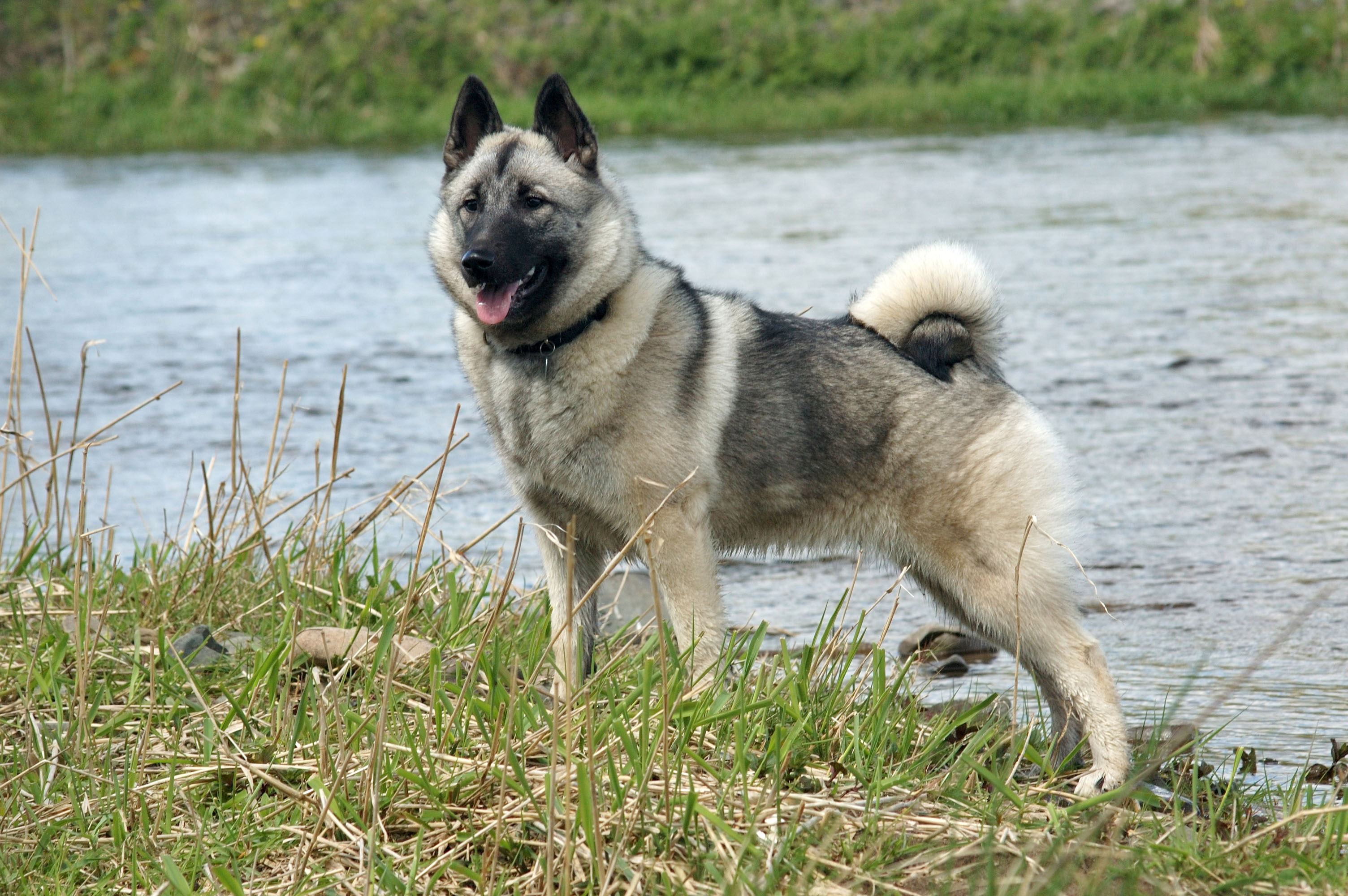
An ancient breed from Scandinavia with Nordic traits, the Norwegian Elkhound is used to hunting in the cold climate it came from, and these characteristics have stayed with the breed as they’re always ready for adventure – especially in the snow – with their high-energy nature, smooth outer coat and wooly undercoat. This ancient breed and favorite of Norwegian Vikings earned its keep tracking elk in cold climates throughout Norway.
The Norwegian Elkhound, a breed known for its robustness, has a history of hunting large game in the Nordic wilderness, with their thick, weather-resistant coat and hardy constitution making them ideal companions for cold winter climates, while being loyal and protective, making them excellent family dogs that can withstand even the toughest winter conditions.
Great Pyrenees: The Mountain Guardian
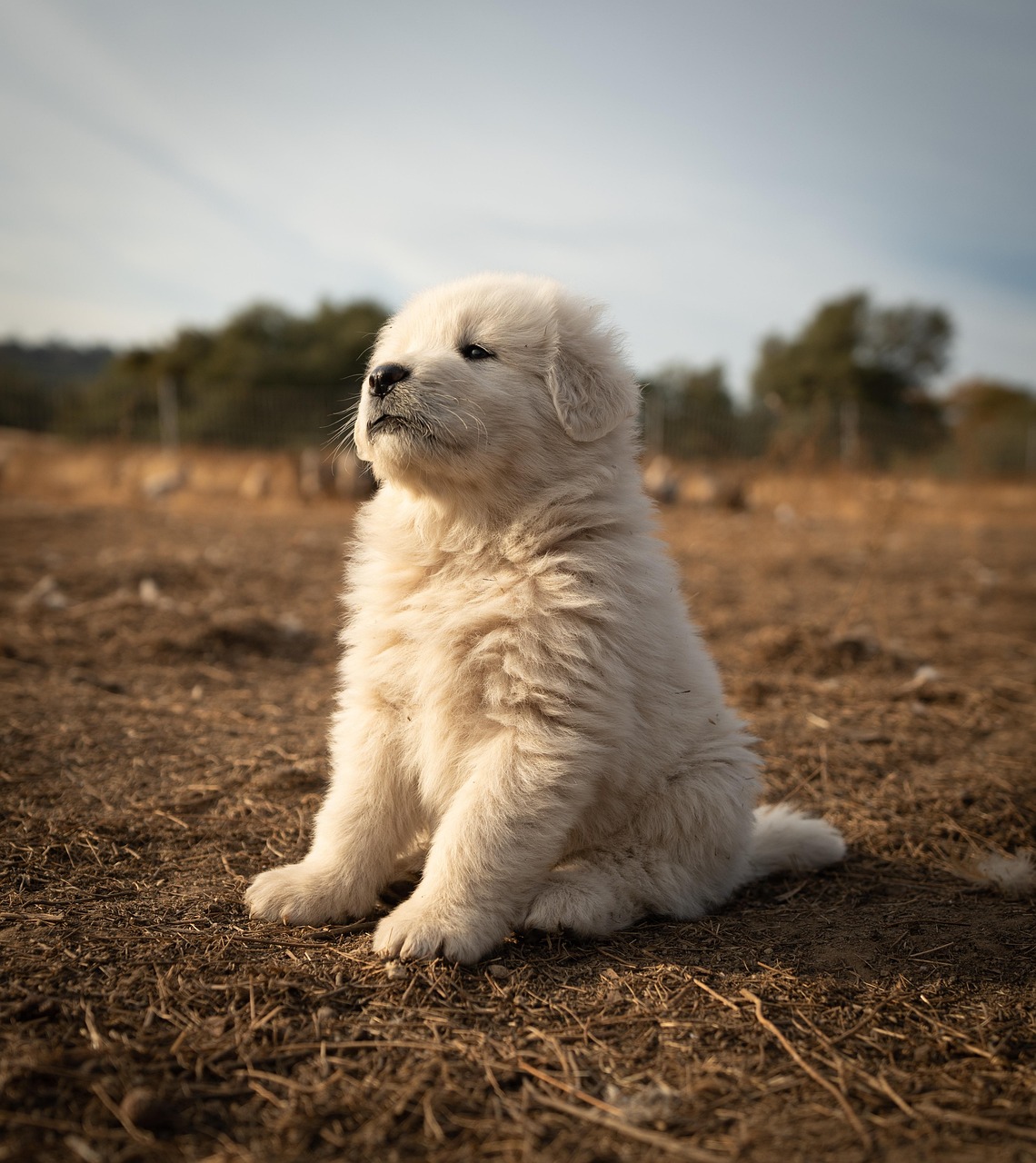
The Great Pyrenees is a large working dog from the Pyrenees mountains between Spain and France that, though not of Arctic origin, is built to navigate snowy terrain, where they historically guarded livestock from predators. The Great Pyrenees is another gentle, fluffy giant with a thick white coat and a calm disposition that was bred for herding livestock on rugged terrain, so this dog will enjoy relaxing with its human companion after a long hike.
These majestic dogs might look like they belong in a fairy tale, but they’re serious workers with an impressive cold tolerance. Their thick white coats aren’t just beautiful – they’re functional armor against harsh mountain conditions where they spent centuries protecting flocks from wolves and bears.
Bernese Mountain Dog: The Swiss Farm Hand

An affectionate cold-weather dog breed, the Bernese Mountain Dog is a gentle soul that loves to play, as these pups were bred to be farm dogs in Switzerland and enjoy being outside, with their thick double coat protecting their skin from moisture and low temperatures. The Bernese Mountain Dog is another Swiss breed that thrives in cold climates, originally bred to work on farms in the snowy mountains, herding cattle and pulling carts, and nowadays are known for their energetic and friendly nature, making them a good choice for active families.
Picture a dog that’s equally at home pulling a cart through Swiss mountain snow or cuddling with kids by the fireplace. That’s the Bernese Mountain Dog in a nutshell – a perfect blend of work ethic and family devotion, all wrapped up in a coat designed for Alpine adventures.
Chow Chow: The Lion Dog
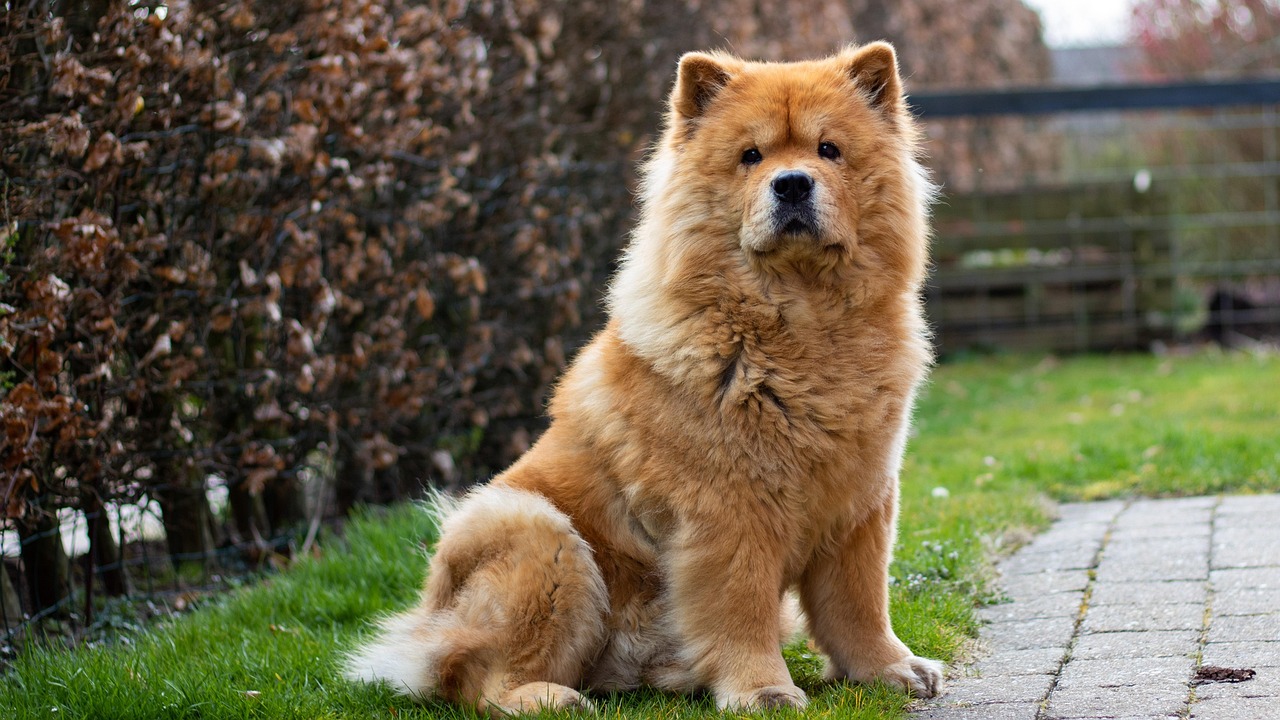
Chow Chows are perhaps best known for their black tongues and wooly coats, which make them extremely tolerant to cold temperatures, and as one expert notes, “If you love the outdoors and are owned by a Chow Chow, then you should take him or her everywhere you go in the snow,” as “Chows are most delighted when with their humans”. Nicknamed the “lion dog,” Chow Chows have long, thick manes around their neck that protect them in cold weather.
The Chow Chow is one of the oldest dog breeds, shown in artifacts dating back to China’s Han Dynasty, and like other cold-weather dogs, they have a thick double coat that sheds heavily and needs consistent at-home grooming, along with their fluffy coat being identifiable by their flat face and blue-black tongue.
Finnish Lapphund: The Reindeer Herder
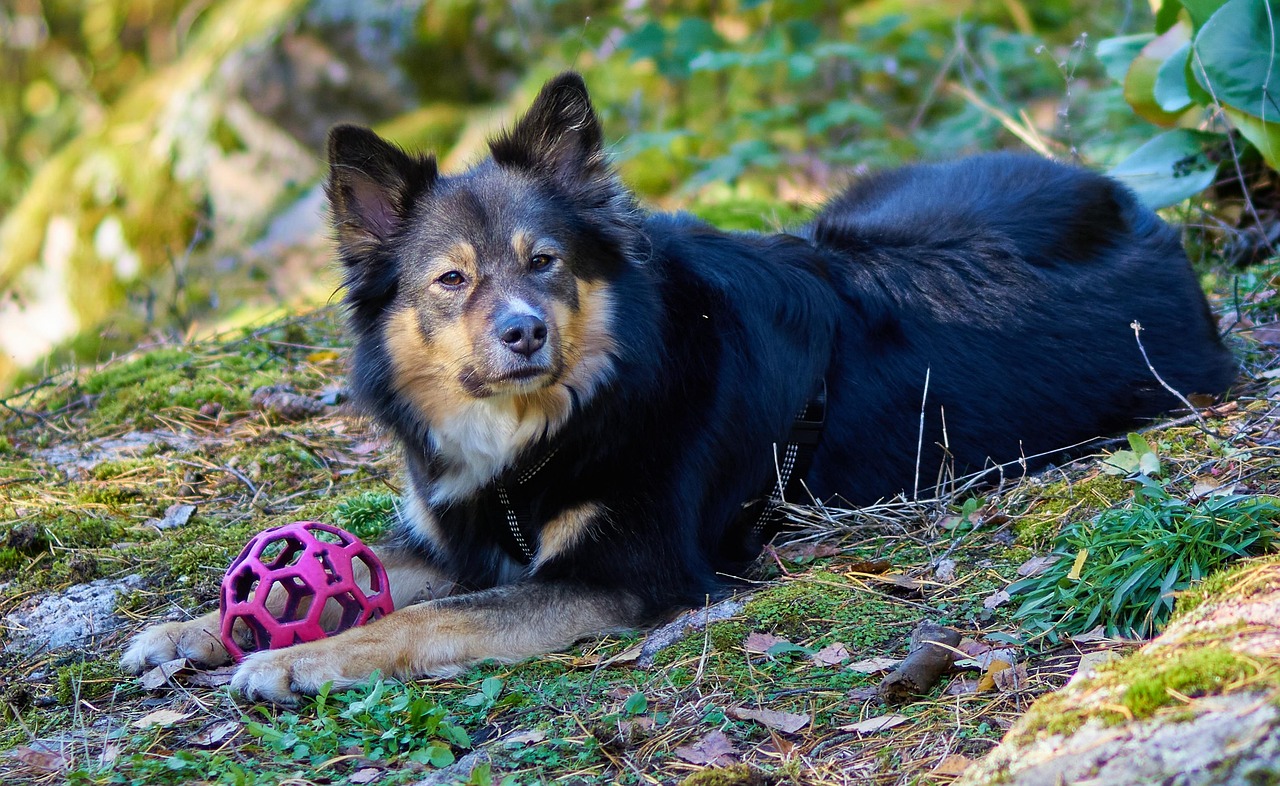
It’s no surprise that the Finnish Lapphund comes from Finland, nor is it a shock that they have a thick weatherproof coat to keep them warm in the cold, as this medium-size breed was originally used to herd reindeer, but they also make good-natured companions for active families. Bred to herd reindeer in Finland, the Finnish Lapphund has a thick, double coat that protects it from freezing temperatures.
Imagine a dog tough enough to work with reindeer in the Arctic Circle, yet gentle enough to be a family companion. The Finnish Lapphund embodies that perfect balance – a working dog with a heart as warm as their coat is thick.
Akita: The Royal Snow Hunter
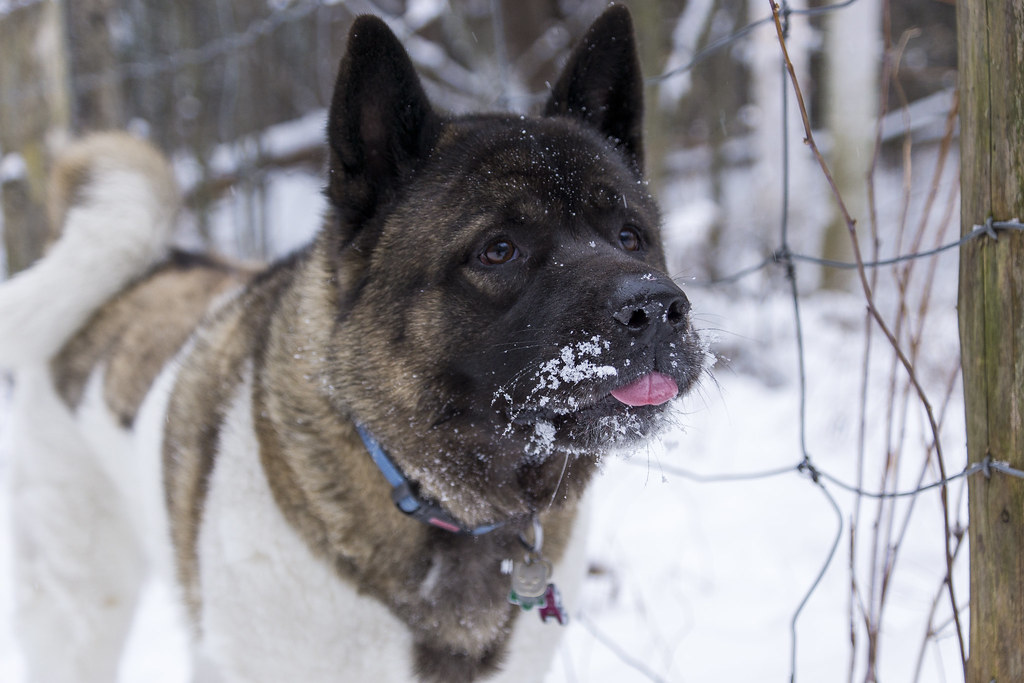
Originally known as “snow country dogs,” the Akita is a big game hunting dog from the mountainous region of northern Japan. An Akita is truly a royal pup – hailing from Japan, this breed was once only owned by the Imperial family, with statues of the Akita also given as gifts to new parents to bring health, happiness, and a long life, as this dog, originally bred as a cold-weather hunting companion with a dense undercoat and harsh outer coat, can often be independent and stubborn, but will remain protective and loyal to its family.
There’s something almost mystical about the Akita’s ability to thrive in snow and cold. Their dignified bearing and incredible coat make them look like they stepped out of a Japanese winter painting, which honestly isn’t too far from the truth.
Tibetan Mastiff: The Himalayan Guardian
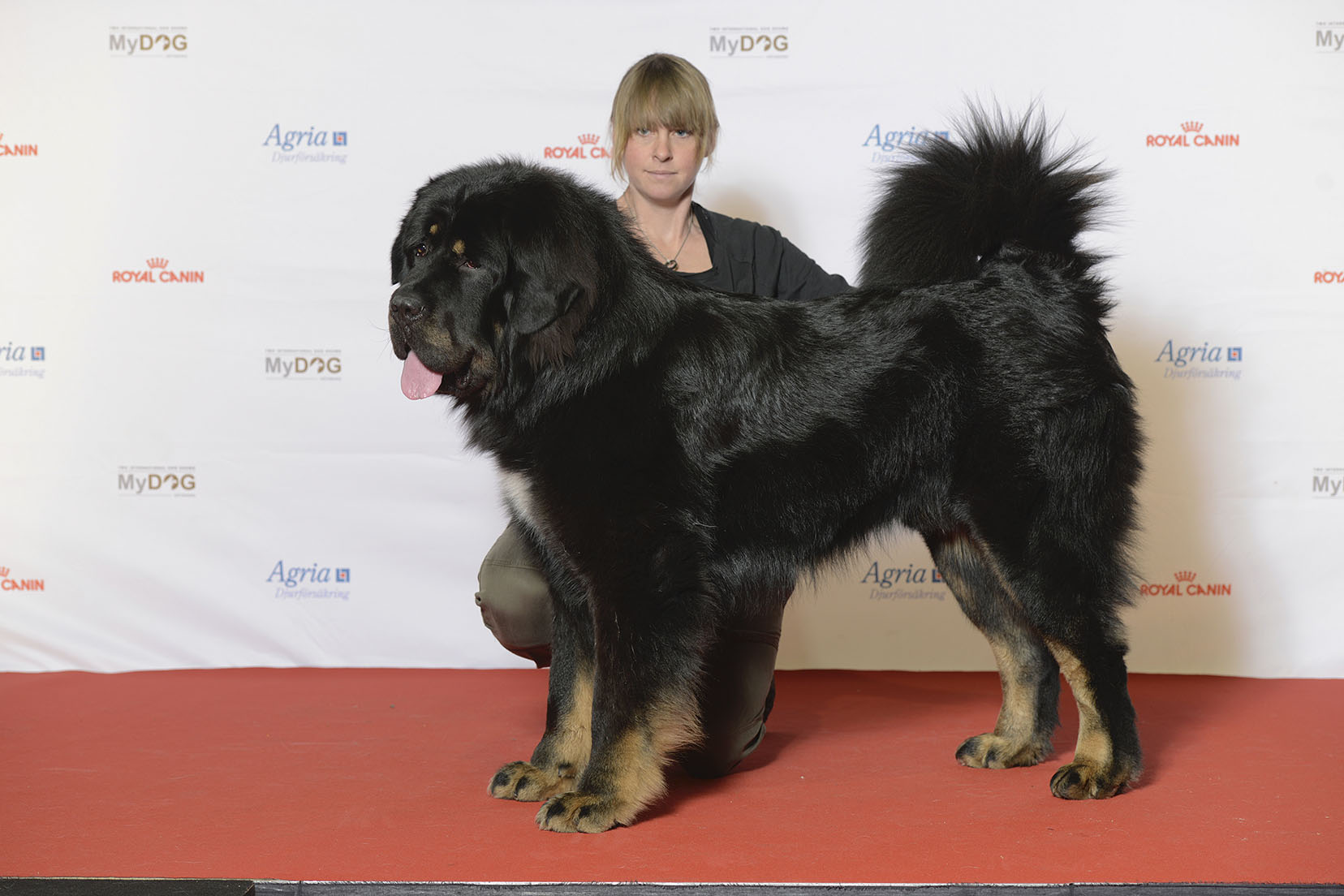
Tibetan Mastiffs, which were once isolated in the Himalayas, are comfortable in both cold and warm temperatures – they have an immense double coat that keeps them insulated, with the undercoat heavier in the winter but lightening up in the warmer months. These large Tibetan Mastiffs are comfortable and more active in cold climates with their fluffy double coat to keep them insulated, as they were originally used for guarding sheep and local tribespeople by patrolling the area from large predators- including bears and tigers, with Tibetan Mastiffs being intimidating, but loyal guardians with a mellow temperament.
When you need a dog that can handle both Himalayan winters and protect against snow leopards, the Tibetan Mastiff is your answer. These massive guardians were bred in some of the harshest conditions on Earth, making our winter weather feel like a mild spring day to them.
Now for the Heat Lovers: Chihuahua
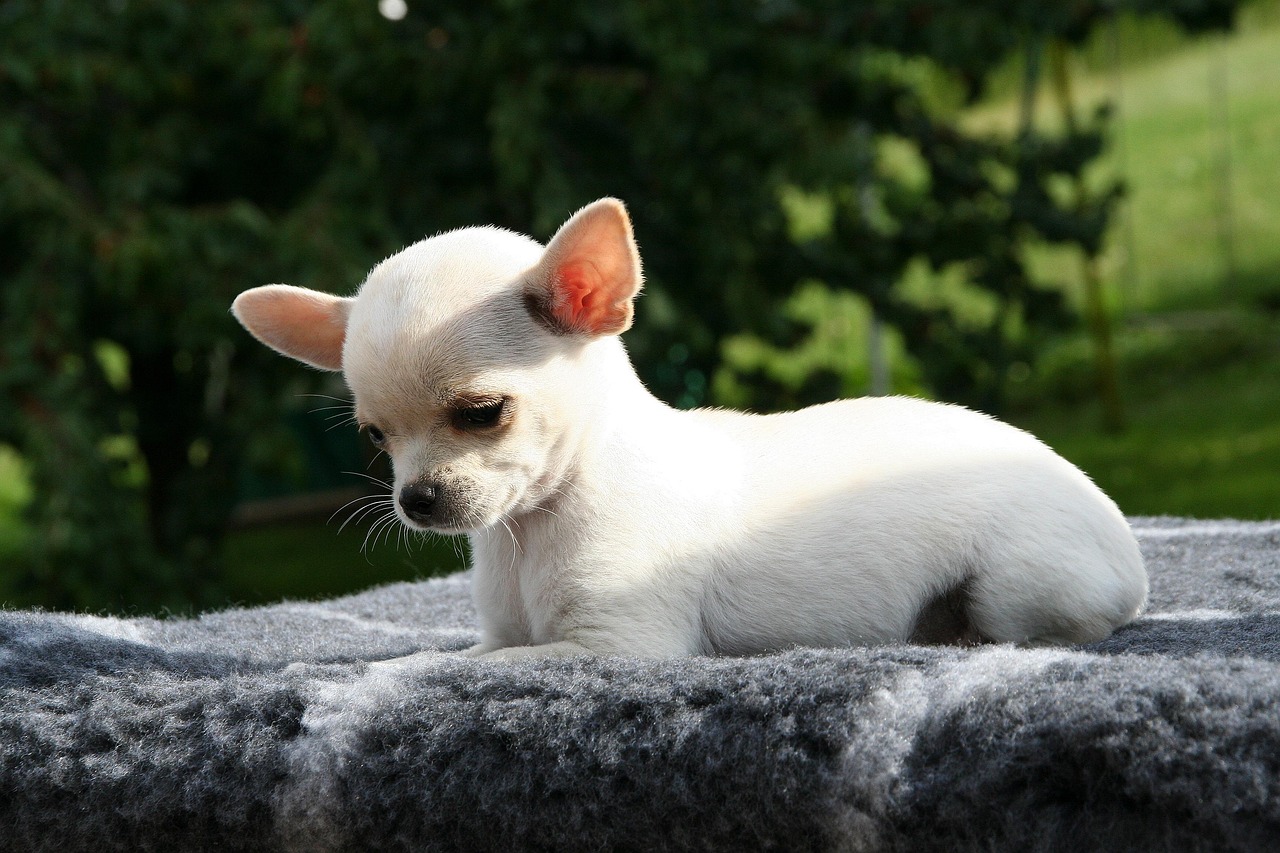
Originating in the Mexican desert, the Chihuahua is a national symbol of Mexico with a lineage dating back to the ancient kingdoms of pre-Columbian times, as this 2-to-6-pound dog with large erect ears and a thin coat seeks warmth and needs a sweater and a warm lap when the temperature drops. The Chihuahua, originating from Mexico’s desert regions, thrives in warm weather due to its thin coat and petite size, being native to Mexico and one of the best breeds for hot climates as these tiny dogs were bred in warm, desert-like environments, making them naturally adaptable to high temperatures.
Chihuahuas thrive in hot weather thanks to their short coats and minimal grooming needs, with it probably being the centuries spent in the Mexican sunshine that made these tiny cuddlers so keen on heat. While most dogs are panting in summer heat, Chihuahuas are in their absolute element.
Basenji: The African Hunting Companion
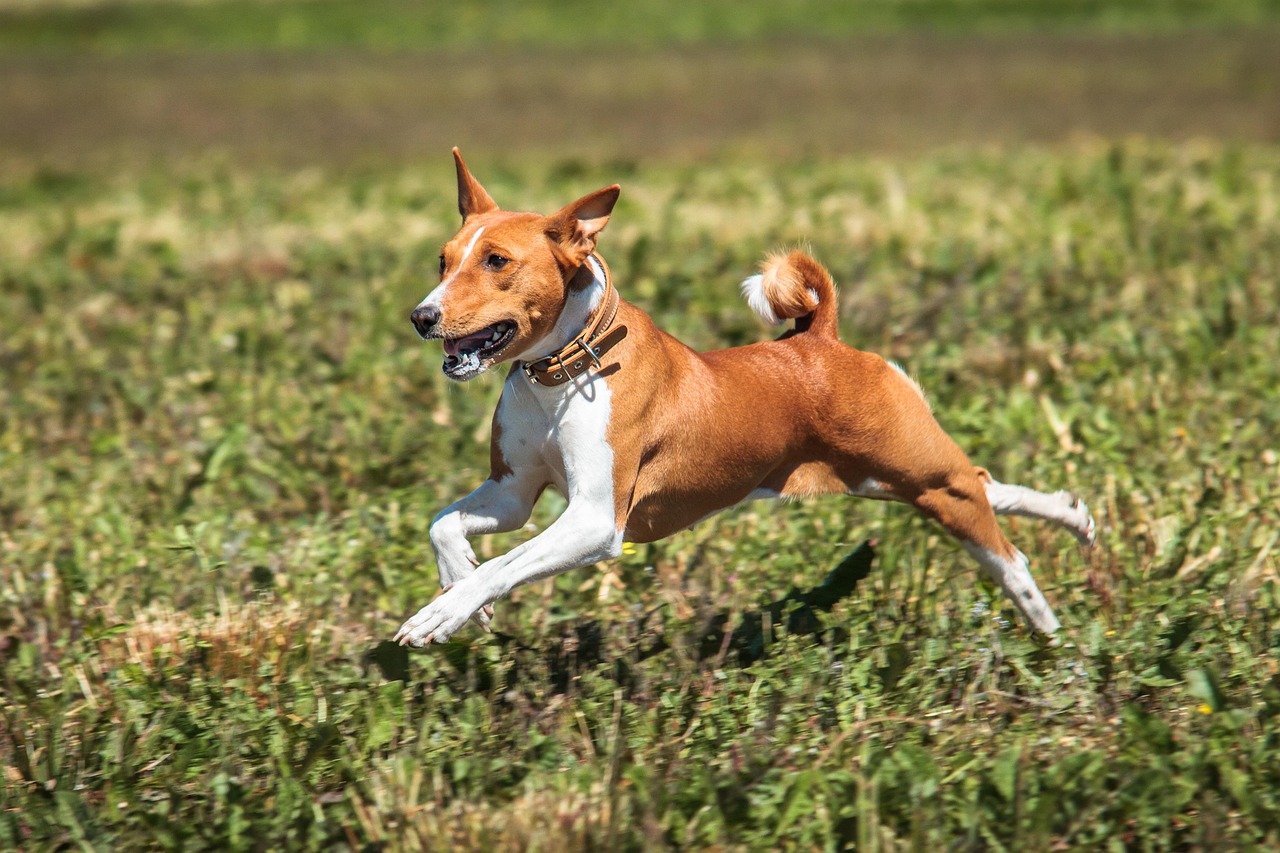
Basenjis are small hunting dogs first brought from interior Africa and given to the pharaohs of Ancient Egypt, with the breed’s short, fine coat being chestnut red, black, tricolor, or brindle with white legs and feet, as small erect ears help keep the dog cool in hot weather. The Basenji, often referred to as the “barkless dog,” hails from Central Africa and is well-suited for hot, humid climates, with their short, fine coat providing natural insulation and allowing for efficient heat dissipation, making them well-suited for warmer weather and highly adaptable, tending to be more tolerant of heat compared to other breeds.
The basenji hails from Africa, so they’re well-built for hunting in the steamy Congolese rainforests, with their large erect ears helping keep them cool because excess heat escapes through the ears, and their ears are exposed to cooling breezes. These remarkable dogs have mastered the art of staying cool in climates that would overwhelm most breeds.
Italian Greyhound: The Mediterranean Sunbather
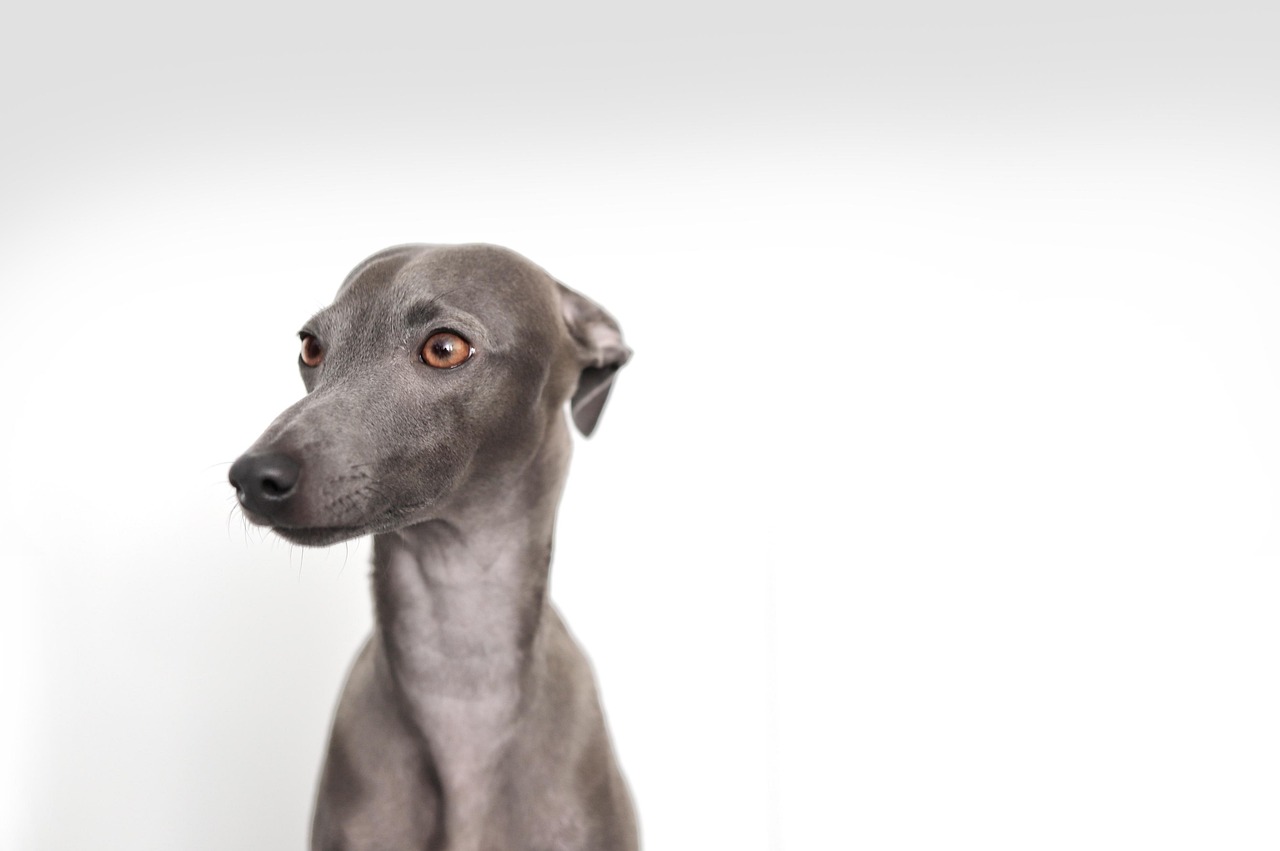
When it comes to handling hot weather, the Italian Greyhound is practically built for it, with a sleek, ultra-thin coat and a lightweight, aerodynamic body, this breed stays cool even in the warmest climates, and unlike fluffy breeds that trap heat, they have barely any fur to retain warmth, making them natural sun-lovers. These petite sighthounds have been around for over 2,000 years, often depicted in ancient Mediterranean art lounging in the sun, as they thrive in warm temperatures and love basking in the heat – so much so that you’ll often find them curled up in a sunny spot, soaking in the warmth like a tiny sunbather.
The Italian Greyhound is much more in their element in hotter weather than in colder climates due to their thin coat and lithe physique, as this sprightly, affectionate dog is elegant in form, loves running around the house, and is generally quite comfortable outdoors in warm weather. They’re basically the canine equivalent of those people who never seem to get too hot.
Vizsla: The Hungarian Heat Champion
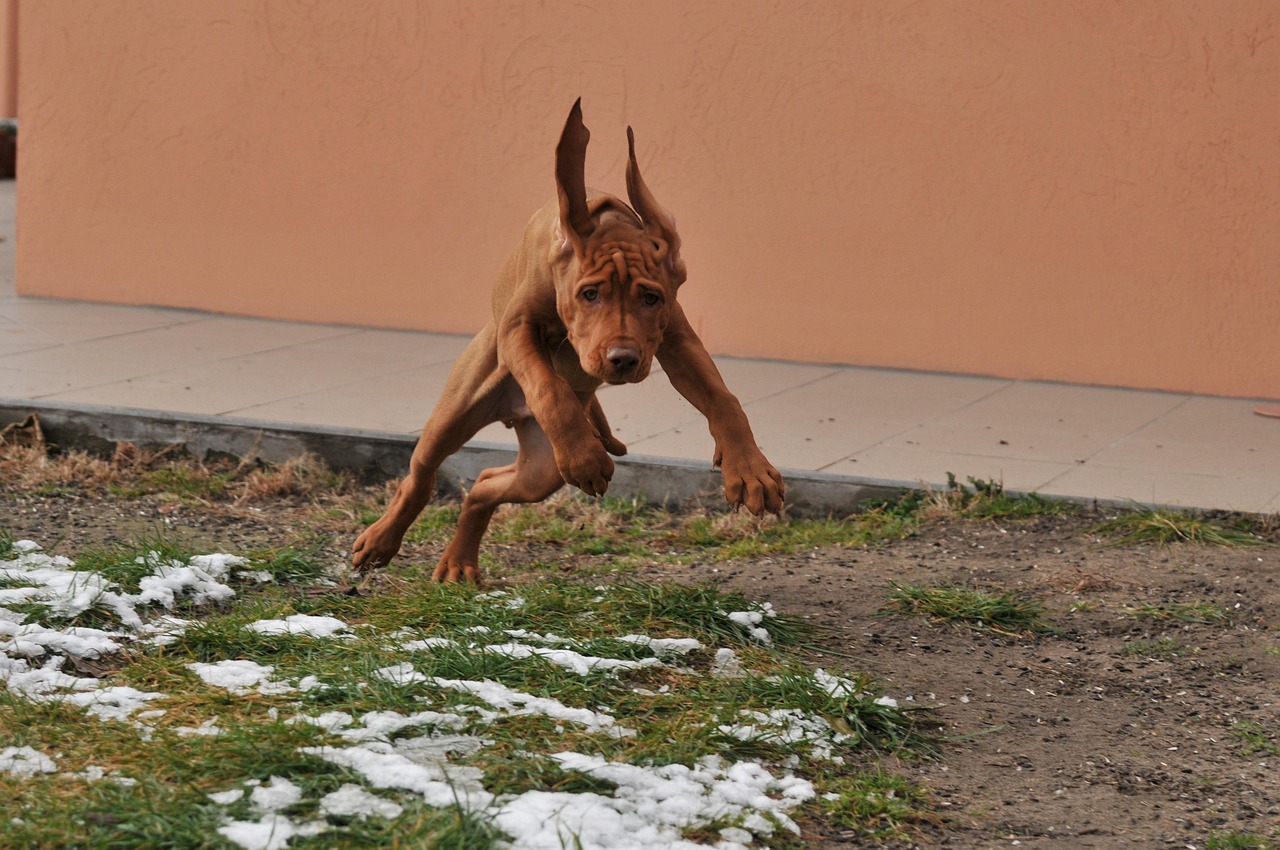
Originating from Hungary, vizslas are no stranger to warm climates, with their short, rust-colored coats reflecting sunlight, and their lean build helping them manage body temperature effectively. The Vizsla is a Hungarian breed known for its sleek, short coat that is ideal for hot weather, with their high energy levels and athletic build meaning Vizslas need plenty of exercise, which they handle well in warmer temperatures as long as they have adequate hydration, while their short coat is easy to maintain, and they are known for their affectionate nature and agility.
Think of the Vizsla as the athletic friend who somehow looks perfectly put-together even after a long run in blazing heat. Their rust-colored coats aren’t just beautiful – they’re practically designed to deflect the sun’s rays while keeping these active dogs comfortable during warm-weather adventures.
Australian Cattle Dog: The Outback Survivor
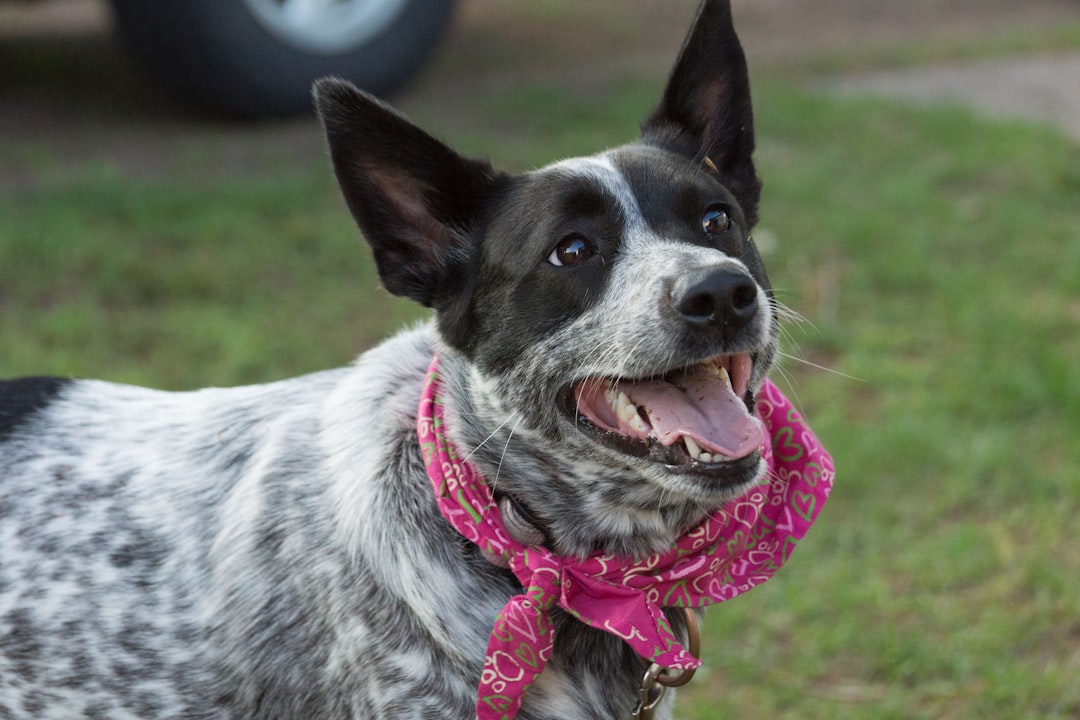
The Australian cattle dog’s ancestors were well-accustomed to working long days in hot temperatures, as these dogs have a short double coat that’s ideal for warmer climates, with Australian cattle dogs, also known as blue heelers, having high energy, which makes them great hiking partners. The Australian cattle dog is actually related to the dingo, a wild dog that lives in the outback, as these pups are highly intelligent and natural herders.
Bred for endurance in hot, arid environments, Australian cattle dogs are perfect for active owners, and though they do require a lot of physical activity, their coats help dissipate heat, making them well-suited for warm climates. When you have dingo DNA and generations of working in the Australian outback, handling summer heat becomes second nature.
Conclusion
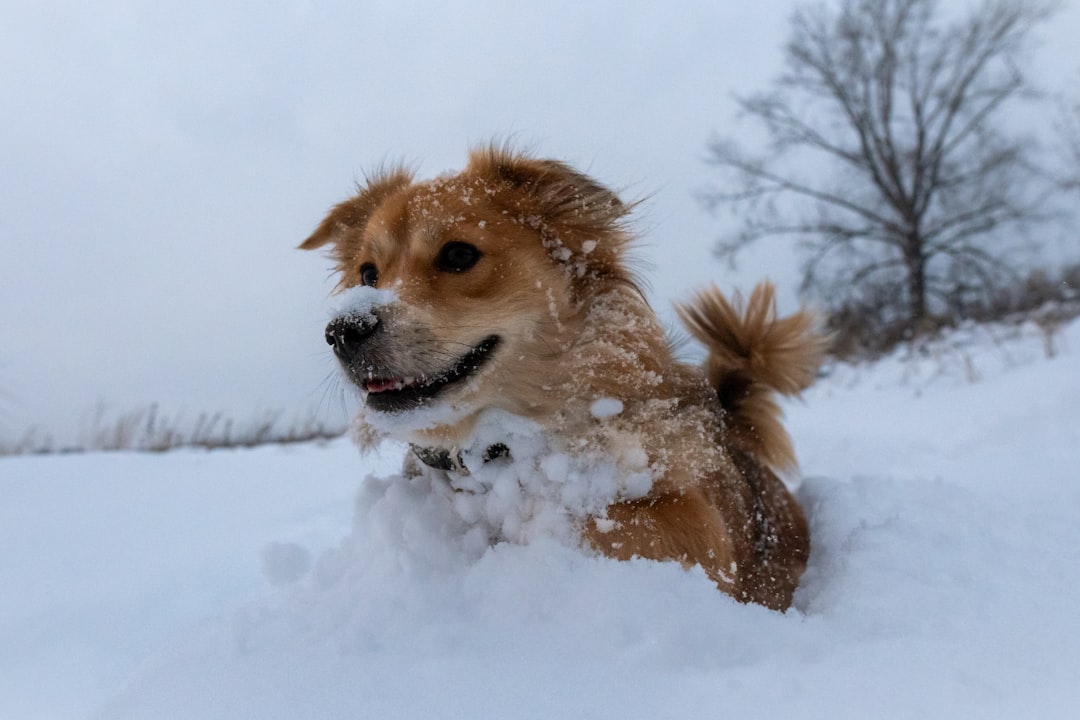
Weather preference in dogs isn’t just about comfort – it’s about biology, history, and thousands of years of adaptation. Cold-weather dog breeds have a thick double coat to help them thrive in winter, with many of these dogs’ ancestors hailing from the Arctic or other frigid regions, while hot-weather breeds developed features like short coats, large ears for cooling, and lean builds that help them regulate temperature efficiently.
Whether you’re drawn to a fluffy mountain dog that dreams of snow angels or a sleek desert breed that worships the sun, choosing a dog that matches your climate can make the difference between a struggling pet and a thriving companion. The most important thing is ensuring your four-legged friend can enjoy life to the fullest, regardless of what the thermometer reads.
What do you think about these temperature preferences? Have you noticed your own dog gravitating toward certain weather conditions? Tell us in the comments about your weather-loving companion!

Andrew Alpin from India is the Brand Manager of Doggo digest. Andrew is an experienced content specialist and social media manager with a passion for writing. His forte includes health and wellness, Travel, Animals, and Nature. A nature nomad, Andrew is obsessed with mountains and loves high-altitude trekking. He has been on several Himalayan treks in India including the Everest Base Camp in Nepal.

